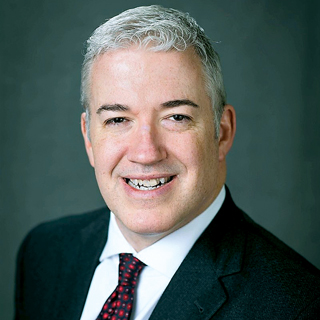
Seema Verma, administrator for The Centers for Medicare & Medicaid Services, is at it again with a proposed rule that purports “to eliminate state financing gimmicks that cost the federal government millions each year.”
Verma is an expert on costly gimmicks. Prior to taking her federal role, she was paid $1.2 million to engineer Iowa’s disastrous Medicaid privatization. This has led to fantastical cost growth.
As the Des Moines Register has reported, insurers received an 8.6% funding increase in July, on top of the prior year’s 8.4% increase. This far outpaced the Medicaid program’s pre-privatization cost growth that averaged 5% annually.
While insurers merrily feast at this trough, it was reported during the 2019 legislative session that “Medicaid payment for care falls short $16,000 per patient, per year” in Iowa’s nursing homes.
The proposed CMS rule cloaks its radical sweep by benignly suggesting the agency is “clarifying” the law, but it’s clear from reading its rambling 222 pages (which include made-up words like “extistence” on page 42) that is it is simply a back-door effort to implement cuts to traditional Medicaid that Congress has thwarted.
It’s utterly extraordinary that, at a time the Trump Administration is proposing to deport a significant portion of the caregiving workforce, CMS would also seek to eviscerate care funding, even as our population ages.
Furthermore, the intent to engage in lawmaking through regulation is clear. In his budget submitted to Congress, President Trump proposed massive cuts to Medicaid and Medicare. Those cuts are a non-starter in a Democratic House. So now Verma is seeking to effectuate them administratively, without congressional authorization, just as she is seeking to get states to adopt block grants that Congress has previously rejected (so far only Tennessee has volunteered for this guillotine).
Verma’s enthusiasm for cutting funding for Medicaid care providers stands in contrast to the laissez-faire attitude of CMS toward Medicaid insurers, which prompted General Accounting Office criticism in 2017. In August, Sens. Chuck Grassley (R-IA) and Bob Casey (D- PA), Senate Finance Committee chairman and ranking Democrat, sought follow-up from Verma on how CMS is overseeing Medicaid managed care.
Yet, despite the inefficiency of insurers in acting as intermediaries between government payors and providers, Verma has continued to tout them. Her prepared remarks to an insurance lobby group touting Medicare Advantage claimed fee-for-service “Medicare’s payment policies have distroted [sic] the market” – without acknowledging the many documented problems with Medicare Advantage plans.
Among other things, those plans have reportedly overcharged Medicare about $10 billion a year — an amount a complacent CMS isn’t even seeking to fully recover.
The federal budget deficit is projected to exceed $1 trillion for 2020 – but that is hardly the fault of states, or providers, trying to do their duty by those vulnerable citizens on Medicaid within existing law that has long-supported funding mechanisms CMS now decries as “gimmicks.”
Caregivers and Medicaid beneficiaries alike reel from one existential crisis to another. Policymakers freely neglect nursing home care, and a frontline caregiving workforce that is 92% women, in ways that would easily violate abuse of vulnerable adults laws if private actors engaged in such neglect. And no other healthcare sector is forced to grovel more in exchange for underfunding.
Perhaps Verma could be more introspective in her cost-saving enthusiasm. As Politico has reported, CMS paid $2.25 million to outside, politically-connected contractors “to burnish Verma’s personal brand and provide ‘strategic communications’ support.”
It would take a lot more “burnishing” than that to convince me this latest proposed rule isn’t just a wolf in sheep’s clothing.





